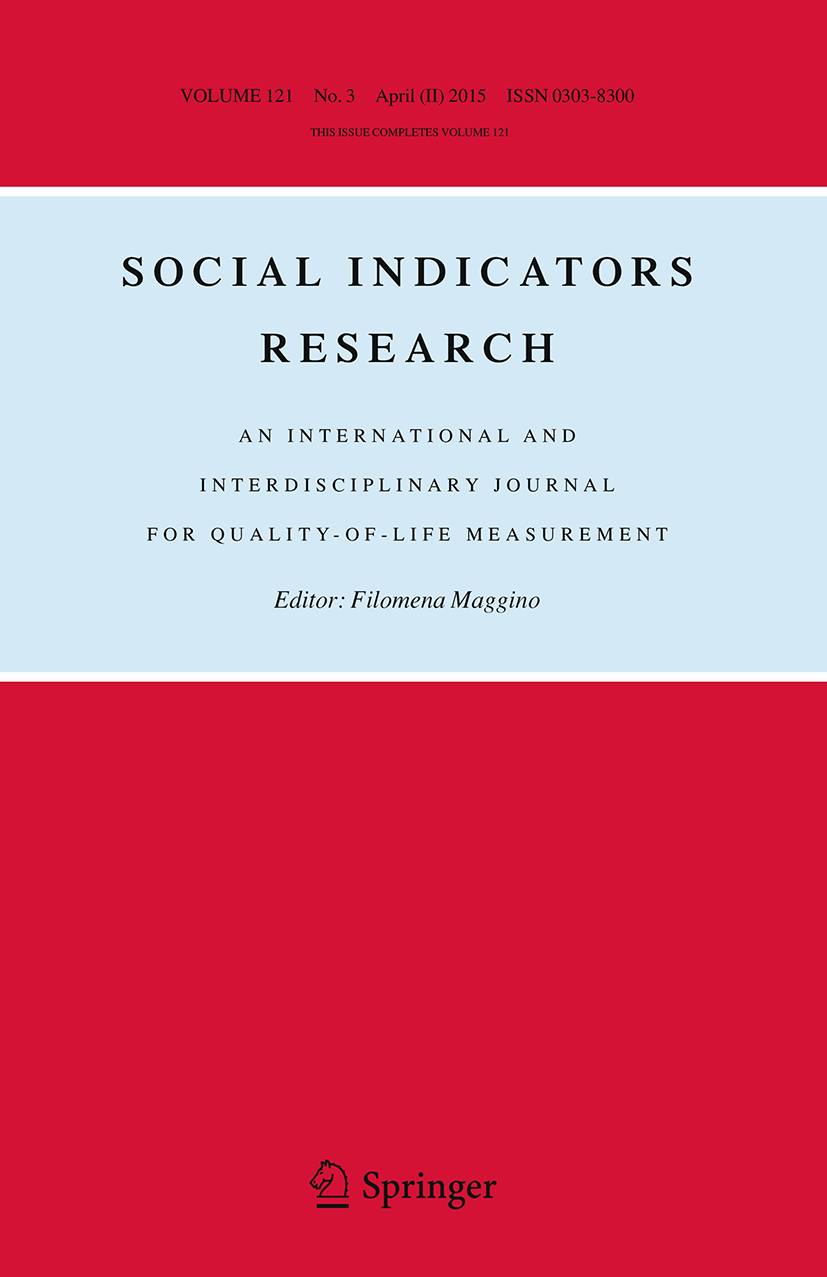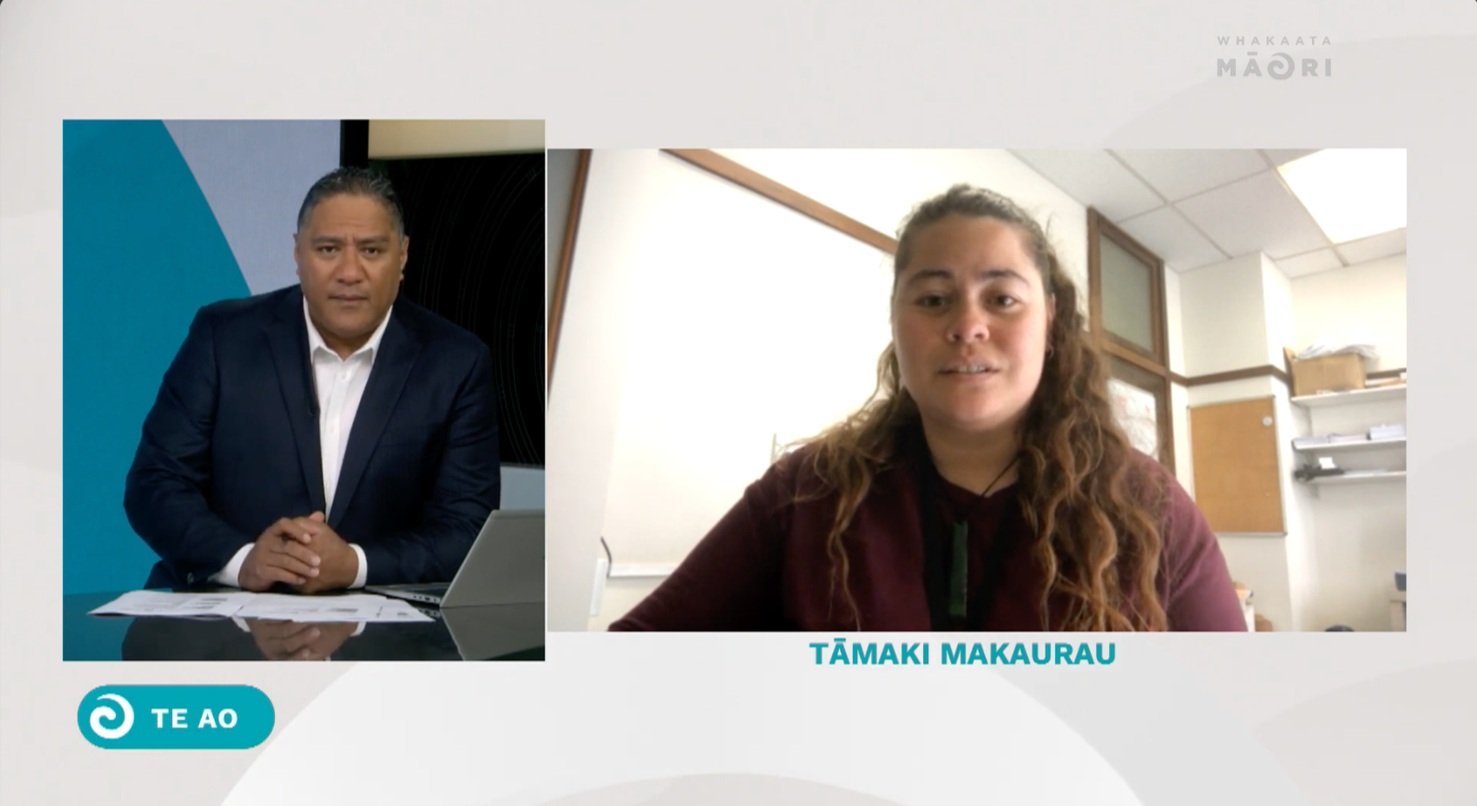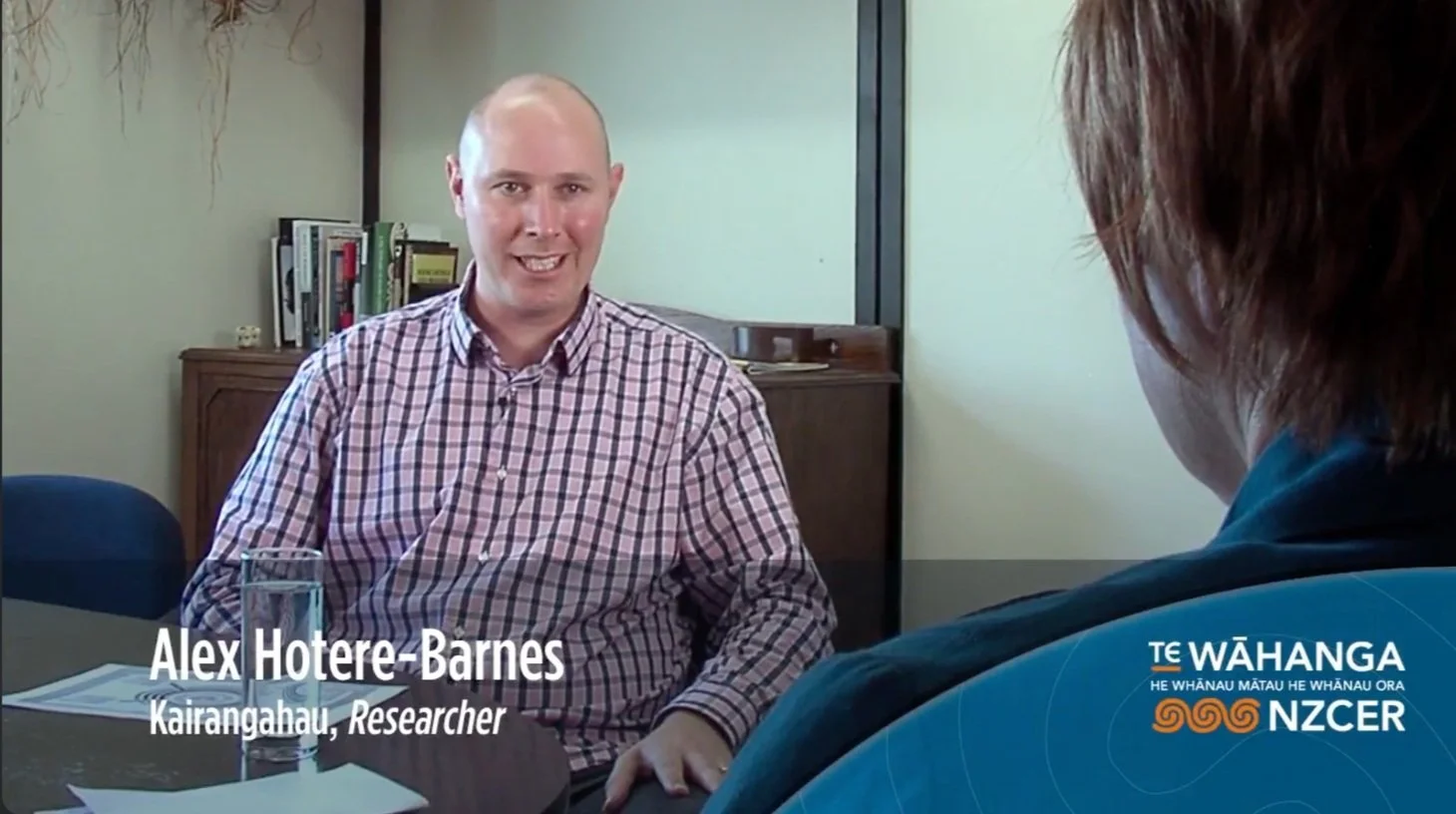
Research methods
Encourages students and researchers to engage with kaupapa Māori research methods that centre Māori values, relationships, and ways of knowing. Emphasises the importance of ethical, reciprocal, and relational psychology that serves whānau and contributes to knowledge and transformation.
Literature
Enright, R., Roskvist, R., Rahiri, J.-L., Mullane, T., Albert, B. B., Satokar, V. V., & Harwood, M. (2025)
Experiences of Māori and Pacific women recruited into a pregnancy clinical trial in Aotearoa, New Zealand: a Kaupapa Māori qualitative study. BMJ Open
Explores the perspectives of Māori and Pacific women who participated in the Fish Oil study to ascertain what barriers and facilitators may exist for successfully recruiting Māori and Pacific women into clinical trials.
Grennell-Hawke, N., & Tudor, K. (2018)
Being Māori and Pākehā: Methodology and method in exploring cultural hybridity. The Qualitative Report, pages 1530–1546
Explores the author’s experience of navigating her identity as both Māori and Pākehā in Aotearoa New Zealand. Using kaupapa research theory and heuristic methods, the article examines her negotiation of cultural hybridity, belonging, and not belonging. It contributes to cross-cultural research by addressing intrapsychic, interpersonal, and methodological dynamics between indigenous and Western perspectives.
Houkamau, C. A., & Sibley, C. G. (2015)
The Revised Multidimensional Model of Māori Identity and Cultural Engagement (MMM-ICE2). Social Indicators Research, pages 279–296
The Multidimensional Model of Māori Identity and Cultural Engagement (MMM-ICE2) is designed to assess the subjective experiences, efficacy and evaluation of different facets of identity for Māori.
Whelan, R. (2022)
Investigating The Autobiographical Memories Of Adolescent Boys In Youth Justice Facilities. Te Herenga Waka Victoria University
Investigates the life narratives of 41 adolescent boys detained in youth justice facilities to determine how these rangatahi reflected on their important past experiences and whether the meaning they made of their experiences was associated with aspects of their wellbeing.
Videos
Sarah Rewi, Te Ao News (2023)
Blending western science with mātauranga Māori to study Tītī
Seabird populations are in decline in the country, which is a hotspot for global seabird diversity. For masters student Sarah Rewi (Ngāpuhi, Ngāti Hine), a mix of western science and mātauranga Māori is helping to inform her thesis into the Tītī (sooty shearwater or muttonbirds) and Ōi (grey-faced petrel).
Alex Hotere-Barnes, NZCER (2013)
What Pākehā can learn from engaging in Kaupapa Māori research
Kairangahau/Researcher Alex Hotere-Barnes speaks about his research into how Pākehā and non-Māori have become involved in kaupapa Māori educational research, and what issues inhibit and facilitate their work.
References
Journal Articles:
Enright, R., Roskvist, R., Rahiri, J.-L., Mullane, T., Albert, B. B., Satokar, V. V., & Harwood, M. (2025). Experiences of Māori and Pacific women recruited into a pregnancy clinical trial in Aotearoa, New Zealand: A Kaupapa Māori qualitative study. BMJ Open, 15(1), e089542. https://doi.org/10.1136/bmjopen-2024-089542
Grennell-Hawke, N., & Tudor, K. (2018). Being Māori and Pākehā: Methodology and method in exploring cultural hybridity. The Qualitative Report, 23(7), 1530–1546. https://doi.org/10.46743/2160-3715/2018.2934
Houkamau, C. A., & Sibley, C. G. (2015). The Revised Multidimensional Model of Māori Identity and Cultural Engagement (MMM-ICE2). Social Indicators Research, 121(1), 279–296.
Whelan, R. (2022). Investigating the autobiographical memories of adolescent boys in youth justice facilities. Te Herenga Waka—Victoria University of Wellington.
Videos:
Rewi, S. (2023). Blending western science with mātauranga Māori to study Tītī. Te Ao News. [Video]. YouTube. https://www.youtube.com/watch?v=slhfgLcx5VY
Hotere-Barnes, A. (2013). What Pākehā can learn from engaging in Kaupapa Māori research. NZCER. [Video]. YouTube. https://www.youtube.com/watch?v=zxkX1IWm3LA&ab_channel=nzcer
Cover image credit: Photo by Alicia Christin Gerald on Unsplash







